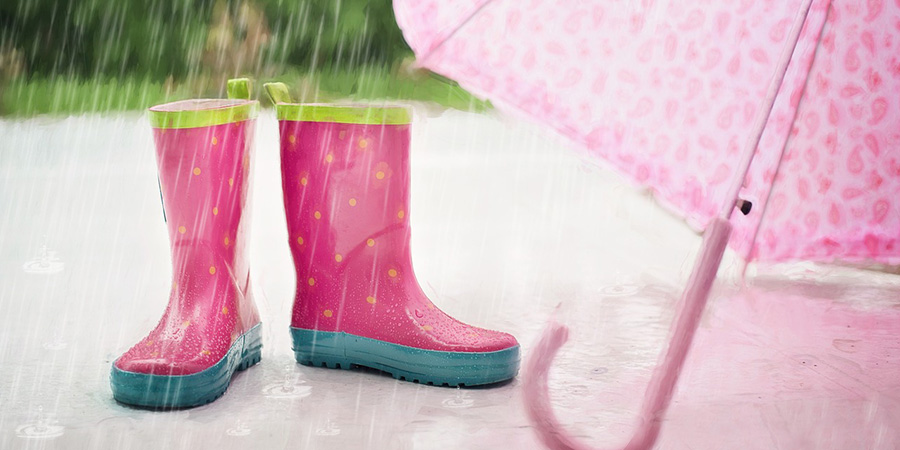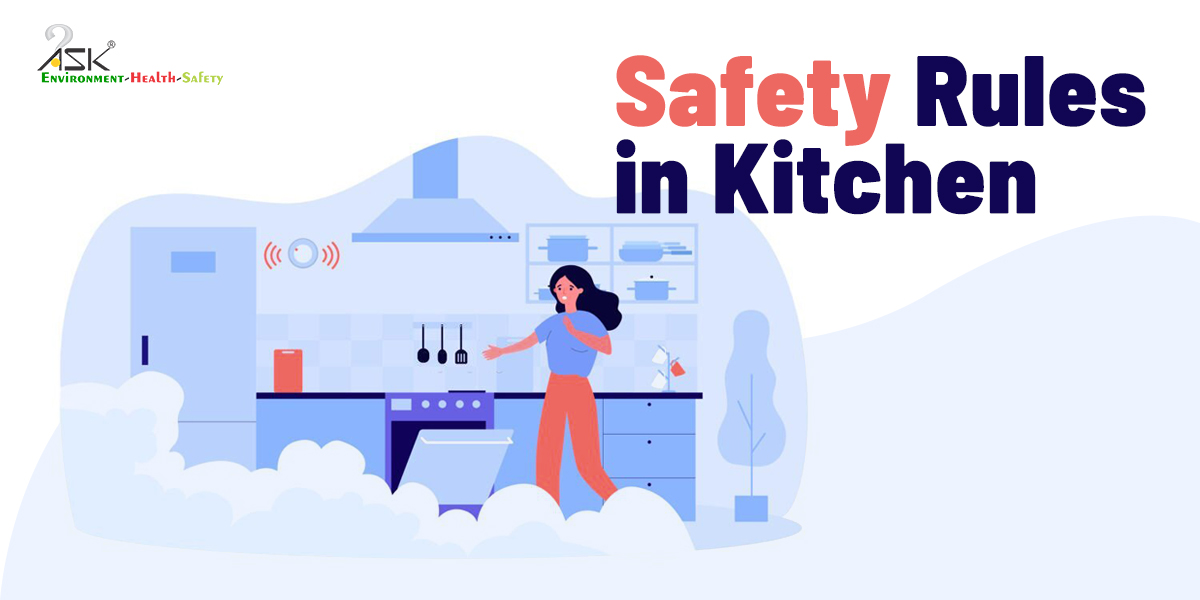Practical safety and health for monsoons

The seasonal reversing of winds accompanied with precipitation is the easy definition of monsoons. Rain-laden clouds carried by winds splitting over the largest peninsula in the world are eagerly awaited as they replenish water resources and prepare farmland for crops.
City dwellers face a different challenge due to intense concretization and lack of natural water discharge – flooding. Low lying areas submerge naturally under torrential downpour while well developed areas do so due to lack of ample drainage choke.
Some of the practical aspects of safety and health need to be adopted to complete the day’s routine.
Inside houses and dwellings, ensure circulation (natural and fan) to ward off damp conditions. Rains and lack of sunlight are ideal for mold and fungi that can trigger asthma or lead to acute bronchial infections. Skin infections also thrive under such conditions and general hygiene precautions are crucial to avoiding them. Use of mild natural fragrances such as lime, citronella, lavender not only ward off foul smell but the circulating harmful flora (microorganisms) are also neutralized (natural doesn’t mean out of a spray can!). Floor cleaners containing Lysol and phenolic compounds should be used to ensure cleanliness
Once you step outside, most city dwellers commute via personal vehicles. Ensure a pre-monsoon vehicle check with a garage or follow these simple steps:
- Check for oil levels and battery vitality
- Ensure the electricals are insulated and can withstand persistent downpours
- Check tyre treads, absence of flat spots and natural traction by close examination (usually done by running a finger across the tyre)
- Brakes: signs of wear and tear, break dust due to grinding, unusual clicking noise in disc brakes or worn brake calipers should be checked for.
- For 2-wheeler riders, waterlogged patches can be devastating. Clutch-riding, using clutch-throttle to regulate speed instead of gear change-braking is advised as it keeps water from getting inside the silencer, effectively, for relatively short periods.
- Maintain effective braking distance from other vehicles on road. Water causes drum breaks to arrest and release in abnormal manner and general braking distance in rain increases; hence safe distance should also increase.
Pedestrians need proper rain gear based on rains their region experiences. One of the most useful but mostly unknown gear for this season is ‘Wellington boots’. They can keep water out to a reasonable depth and provide good traction to move around. Waterproof bags for wallets, purse, electronic items and such other items are necessary.
Another top tip is to stay clear of water logged patches on roads or anywhere else. Stay on familiar roads and routes to avoid open potholes and drains on road.
Electrical safety is another factor to be thought about in monsoons. If you are a resident of tall building (7 or more floors), ensure that a standard lightning conductor as prescribed by building authorities is functional. In thunderstorms and lightning storms, remove all plugs from sockets, even if you have circuit breakers (MCB, ELCB etc.) installed. This ensures sensitive piece of equipment such as laptops and mobiles from getting fried.
Enjoy the monsoons and practice practical safety and health for a better experience.


